Advanced water purification systems are crucial for addressing global water scarcity. Machine learning is increasingly vital in optimizing these systems, particularly those utilizing materials like graphene, carbon nanotubes, and activated carbon. This surge in interest stems from the growing demand for efficient and cost-effective solutions to water contamination.
Why Advanced Water Purification Matters
Access to clean water is a fundamental human right. However, pollution from industrial waste, agricultural runoff, and other sources contaminates water sources worldwide. Advanced purification systems, utilizing cutting-edge materials like graphene, carbon nanotubes, and activated carbon, offer a powerful solution. These systems can remove a wide range of contaminants, from heavy metals and pesticides to viruses and bacteria, ensuring safe and reliable access to clean water for communities.
Why Machine Learning is Key in This Field
- Unveiling Complex Material-Property Relationships: The adsorption efficiency of materials like graphene, carbon nanotubes, and activated carbon is intricately linked to their physicochemical properties (surface area, pore size, surface chemistry). Machine learning can analyze vast datasets to uncover these complex relationships, guiding the design of materials with optimized adsorption capabilities for specific contaminants.
- Addressing Scalability Challenges: Translating successful lab-scale synthesis to pilot and industrial scales often faces challenges due to experimental variability and the difficulty in maintaining consistent material properties. Machine learning can analyze process data, identify key parameters influencing reproducibility, and optimize synthesis protocols for robust upscaling.
- Bridging the Gap Between Synthesis and Performance: The link between synthesis conditions and the resulting material properties can be complex and challenging to predict. Machine learning models can learn from historical data to establish predictive models that connect synthesis parameters to material properties and ultimately, adsorption performance.
Factors Driving Interest in AI
The growing interest in using AI for water purification is driven by several factors:
- Global Water Crisis: The increasing severity of water scarcity and pollution necessitates innovative and efficient solutions.
- Demand for Sustainable Solutions: There is a growing demand for sustainable water treatment technologies that minimize energy consumption and environmental impact.
- Advancements in Materials Science: The emergence of new materials like graphene and carbon nanotubes presents exciting possibilities for enhanced water purification, but their optimal utilization requires sophisticated design and optimization tools.
Challenges and Solutions in Water Purification System Design
Development teams face several challenges when designing water purification systems:
- Selectivity: Ensuring the system effectively removes target contaminants while minimizing the removal of beneficial ions.
- Regeneration: Developing efficient and sustainable methods for regenerating adsorbents like activated carbon.
- Scalability: Ensuring that laboratory-scale successes translate into scalable and cost-effective solutions for large-scale water treatment applications.
- Integration: Seamlessly integrating advanced materials and AI-powered control systems into existing water infrastructure.
Our software addresses these challenges through a combination of predictive modelling, optimization algorithms, and data-driven insights. For example, our platform can help engineers design adsorbent materials with tailored properties, optimize flow rates and treatment times, and predict the long-term performance of the system under various operating conditions.
The Future of AI in Water Purification
AI will play an increasingly critical role in revolutionizing water purification technologies. By combining human expertise with the power of machine learning, we can develop more efficient, sustainable, and cost-effective solutions to address the global water crisis. At DxTER, this vision represents the core of our organizational DNA. We believe that AI-powered water treatment systems will not only ensure access to clean water for all but also contribute to a more sustainable and equitable future.


